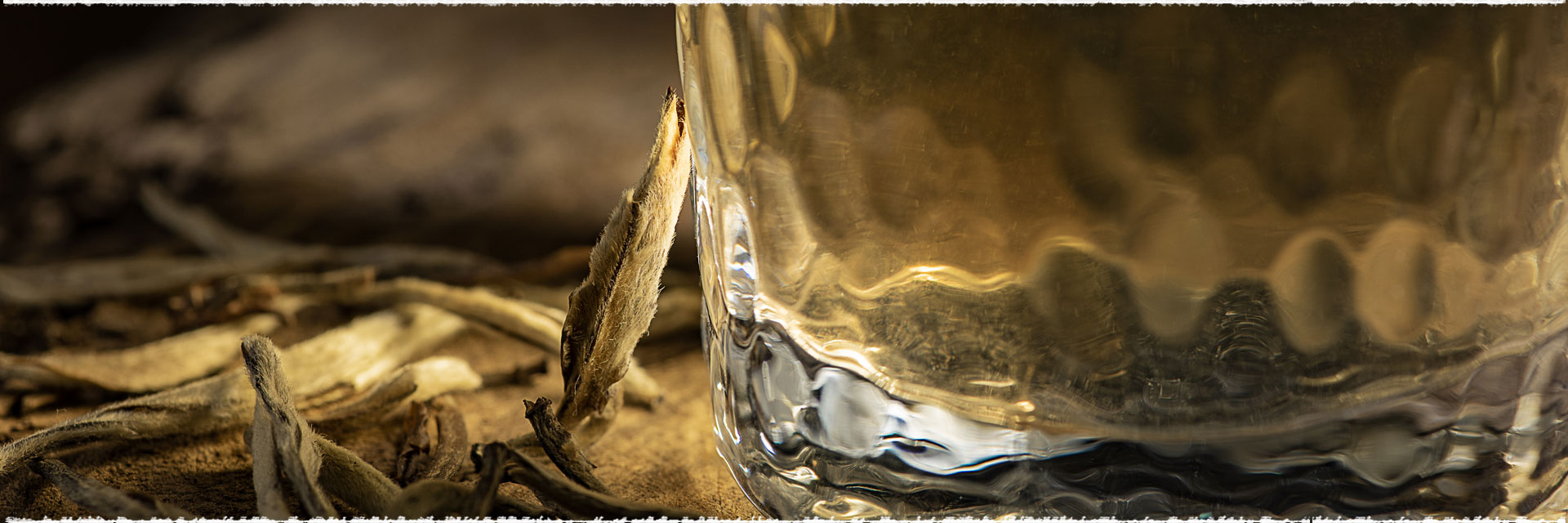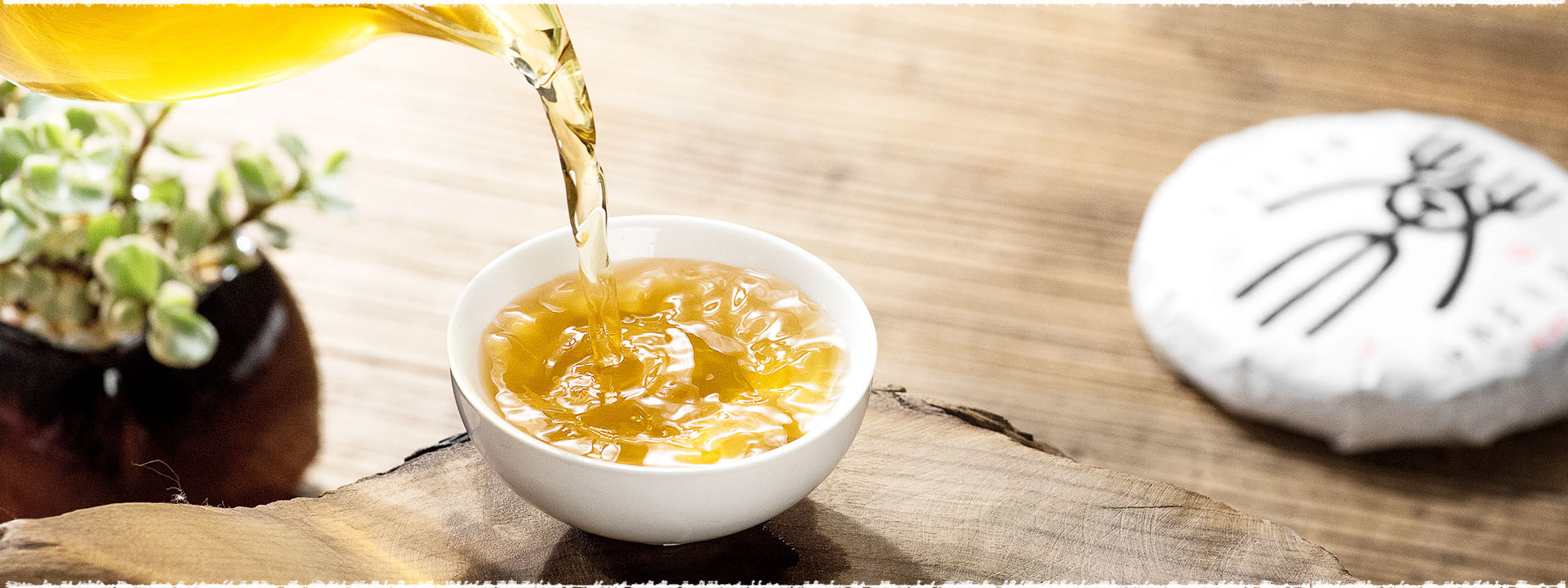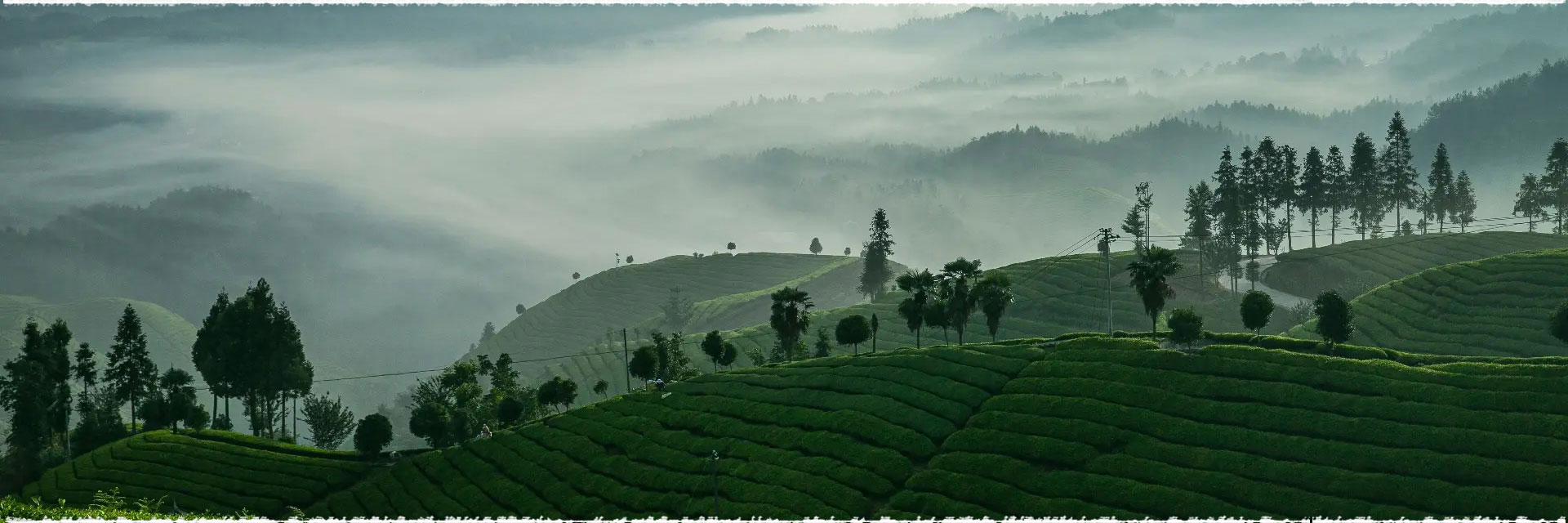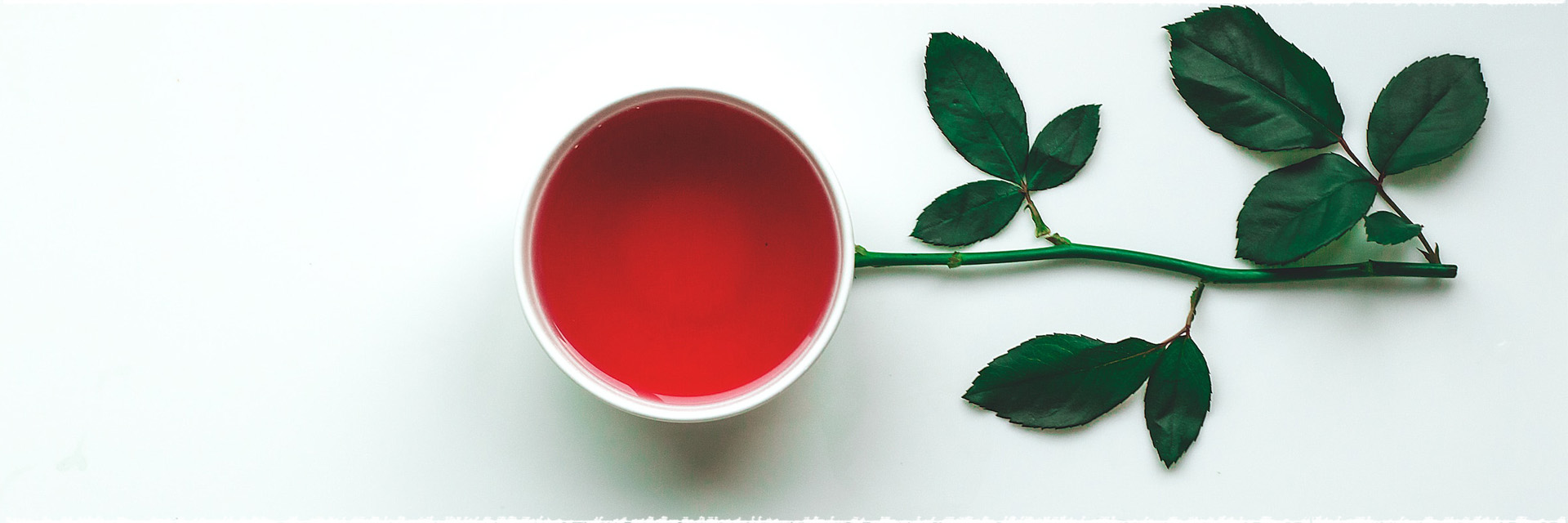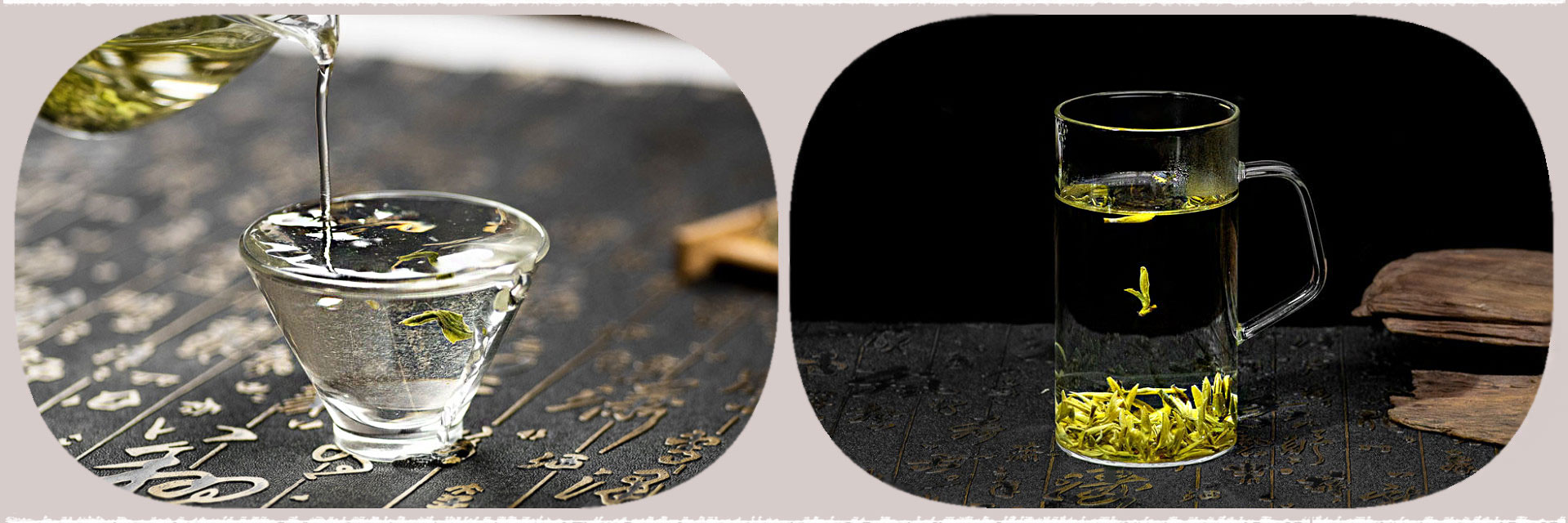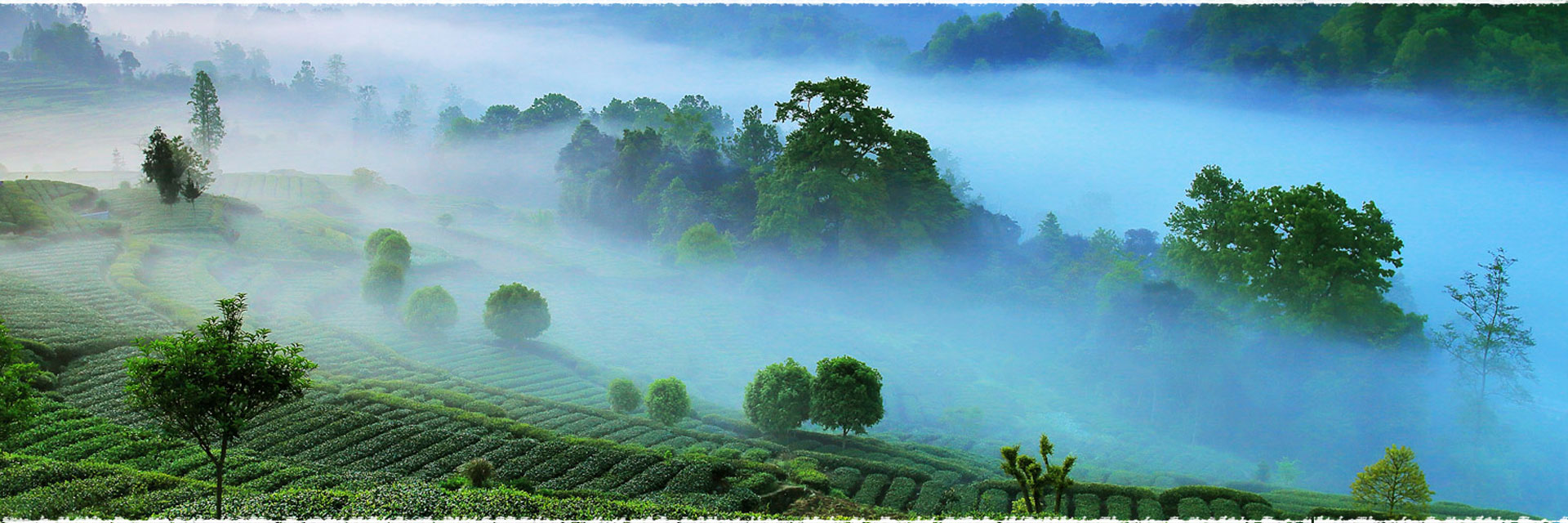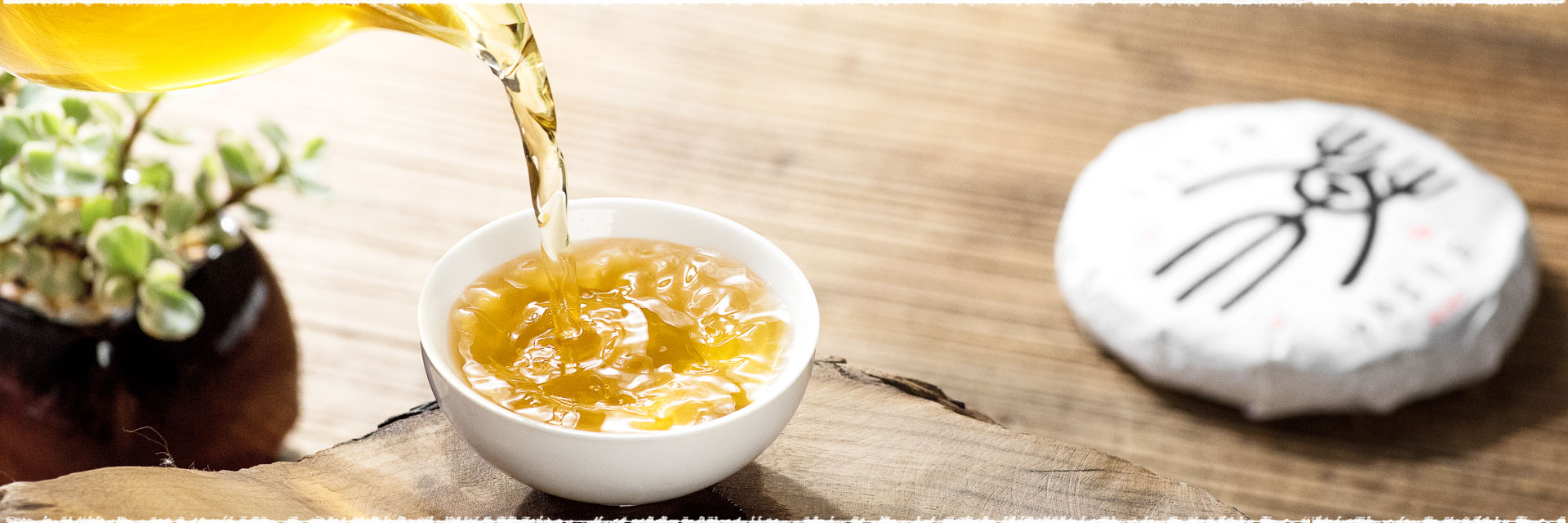Yunnan White Tea vs Fujian White Tea: What are the Differences?
White tea is a type of tea that is minimally processed and has a delicate and refreshing taste. It is usually made from the tea buds and young leaves of the tea plant, which are covered with fine white hairs. White tea is traditionally produced in Fujian Province, China, where it has a long history and a high reputation. However, in recent years, Yunnan Province, which is famous for its large-leaf tea varieties, has also started to produce white tea, attracting many tea lovers with its unique flavor and characteristics. So what are the differences between Yunnan white tea and Fujian white tea? Let’s take a look at some of the aspects that distinguish them.
 Exploring the Charms of 2024 Spring Tea Garden with Angel
Exploring the Charms of 2024 Spring Tea Garden with Angel Yingde Black Tea
Yingde Black Tea Matcha vs. Green Tea Powder
Matcha vs. Green Tea Powder
